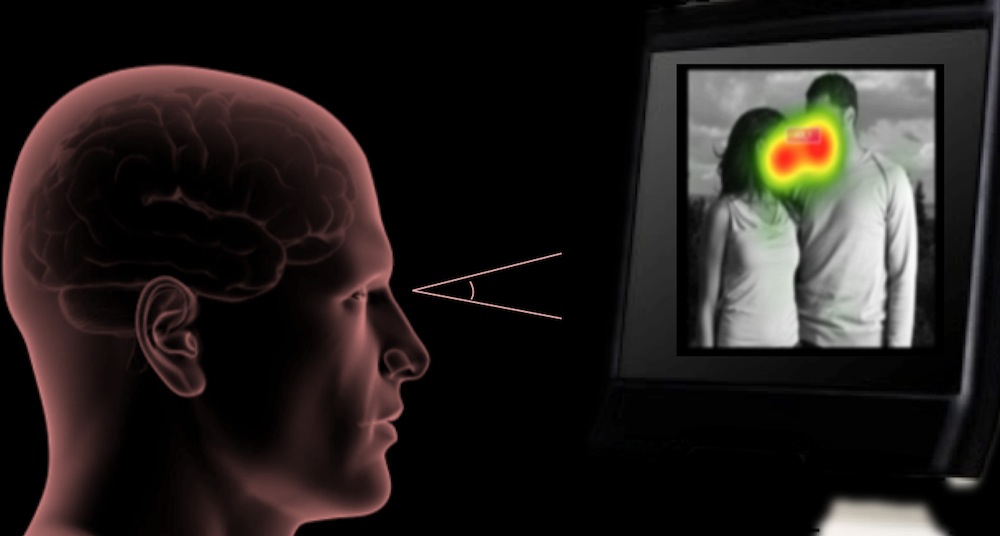Where You Glance Can Reveal Feelings of Love or Lust

There may be something to the cliché of lovebirds gazing into each other's eyes, new research suggests. A glance at a person's face tends to indicate romantic love, whereas looking at a person's body is associated with feelings of sexual desire, according to a new study.
These telling glances can last less than half a second, lead study author Stephanie Cacioppo, director of the University of Chicago High-Performance Electrical NeuroImaging Laboratory, said in a statement.
"Although little is currently known about the science of love at first sight or how people fall in love, these patterns of response provide the first clues regarding how automatic attentional processes, such as eye gaze, may differentiate feelings of love from feelings of desire toward strangers," Cacioppo said. [5 Ways Love Affects the Brain]
Feelings of romantic love and sexual desire activate different areas of the human brain, according to a 2012 review Cacioppo and her colleagues published in the Journal of Sexual Medicine. The new study examined whether researchers could identify the difference between feelings of love and lust, based on eye-tracking data.
In the first of two tests, the researchers showed 16 heterosexual students at the University of Geneva, in Switzerland, 120 black-and-white photographs. Each photograph pictured a young heterosexual couple interacting with one another. In the second test, the students looked at 40 photographs of attractive people of the opposite gender. The researchers did not use any nude or erotic pictures in the experiments.
In both tests, the participants had to quickly and precisely report whether they felt lust or love after looking at the pictures. Glances associated with both love and lust took about the same amount of time, which highlights the brain's ability to rapidly process the two emotions, the researchers said.
However, an analysis of the eye-tracking data showed that those who looked at people's faces tended to report feelings of romantic love. In contrast, those whose gazes lingered on a person's body tended to report sexual desire. The results were the same for both men and women.
Get the world’s most fascinating discoveries delivered straight to your inbox.
"An eye-tracking paradigm may eventually offer a new avenue of diagnosis in clinicians' daily practice or for routine clinical exams in psychiatry and/or couple therapy," said co-author John Cacioppo, professor and director of the Center for Cognitive and Social Neuroscience at the University of Chicago.
The researchers published their findings July 16 in the journal Psychological Science.
Follow Laura Geggel on Twitter @LauraGeggel and Google+. Follow Live Science @livescience, Facebook & Google+. Original article on Live Science.

Laura is the managing editor at Live Science. She also runs the archaeology section and the Life's Little Mysteries series. Her work has appeared in The New York Times, Scholastic, Popular Science and Spectrum, a site on autism research. She has won multiple awards from the Society of Professional Journalists and the Washington Newspaper Publishers Association for her reporting at a weekly newspaper near Seattle. Laura holds a bachelor's degree in English literature and psychology from Washington University in St. Louis and a master's degree in science writing from NYU.


